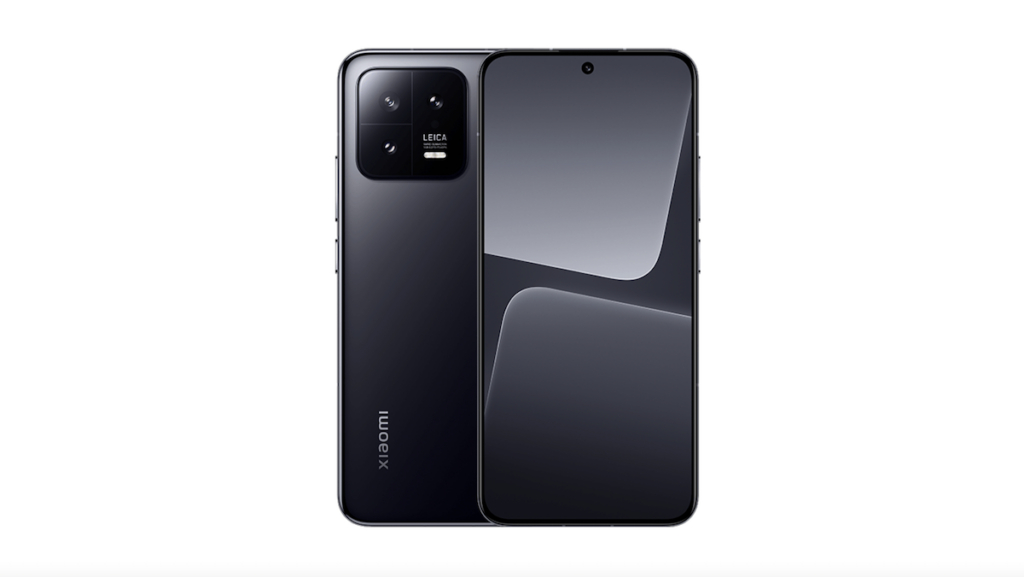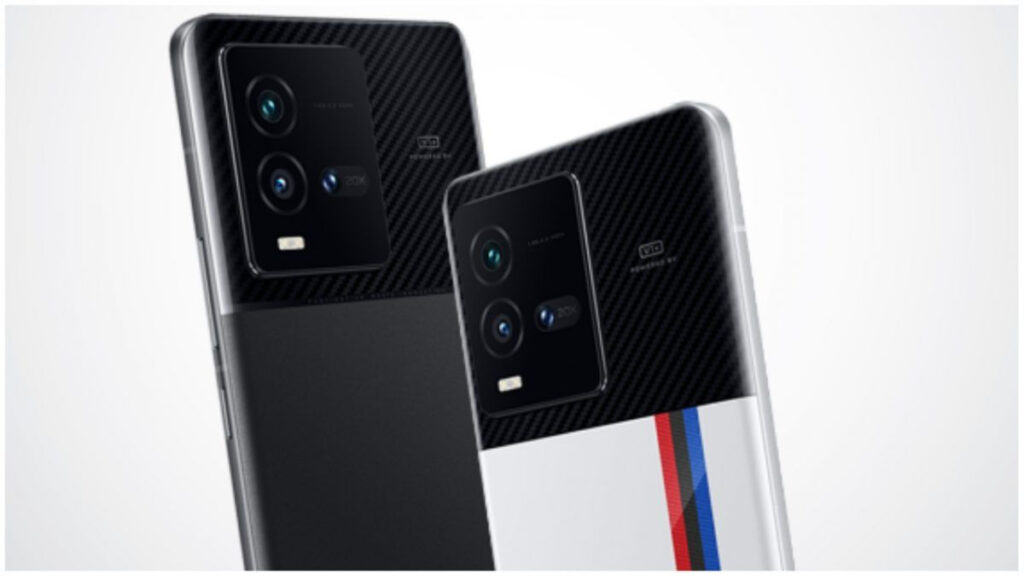[ad_1]

On December 8, iQOO launched its latest generation flagship smartphone lineup, the iQOO 11 series. The The series includes the iQOO 11 Pro, which currently serves as the company’s top offering as it packs the latest generation Snapdragon 8 Gen 2 SoC. However, shortly after, a fellow China-based OEM Xiaomi has unveiled the Xiaomi 13 series On December 11. It brought with it the Xiaomi 13 Pro, which serves as the brand’s flagship offering. While the Xiaomi 13 Pro and iQOO 11 Pro come with key similarities, including the chipset, they also have several features that set them apart.
Before the two smartphones enter the Indian market, here’s how Xiaomi 13 Pro and iQOO 11 Pro differ from each other and how they are similar.
5 ways the Xiaomi 13 Pro differs from the iQOO 11 Pro
thickness
Starting with the measurements of both smartphones, the Xiaomi 13 Pro There seems to be less benefit than iQOO 11 Pro How slim or light both phones are. While neither is particularly compact, light or slim, the Xiaomi 13 Pro is at least 8.4mm thick and weighs 229 grams.

In comparison, the iQOO 11 Pro is a slightly thicker phone, measuring at least 8.9mm. However, it weighs up to 213 grams, making it a light phone despite its thickness. The difference may be due to the image sensors used in the phone and the thickness difference is not immediately noticeable, but the weight difference of 16 grams is noticeable in the long run.
Durability
The Xiaomi 13 Pro punches more than its weight with its overall durability specifications, which include Corning Gorilla Glass Victus above the display and a ceramic back. It also gets an IP68 dust and water resistance rating, which means the smartphone can be submerged in 1.5 meters of water for up to 30 minutes.
The iQOO 11 Pro, on the other hand, doesn’t mention any protective glass layer on top of its display and doesn’t even mention any IP rating for durability, making it a score for the Xiaomi 13 Pro.
presentation
Both the smartphones have slightly different displays. The Xiaomi 13 Pro offers a 6.73-inch LTPO OLED display with a screen resolution of 3200 x 1440 pixels and a refresh rate of 120Hz. Key features of the display include 1 billion color rendering capability, HDR10+ and Dolby Vision rating and 1900 nits peak brightness.

In comparison, the iQOO 11 Pro has a slightly larger 6.78-inch display with an LTPO4 AMOLED panel. It also gets the ability to deliver 1 billion colors and HDR10+ certification, and its maximum brightness of 1800 nits is almost comparable. However, even though it lacks Dolby Vision certification, it offers a high refresh rate of 144Hz that gamers will appreciate.
Cameras
The Xiaomi 13 Pro brings a 1-inch sensor in the smartphone body, making it one of the best-equipped flagship smartphones in terms of its cameras. The configuration includes a 50.3MP 1-inch primary sensor with f/1.9 lens, dual pixel and laser-assisted autofocus and optical image stabilization (OIS). The two other cameras include a 50MP sensor for the telephoto camera, 3.2x optical zoom, f/2.0 aperture and phase detection autofocus; And finally, a 50MP autofocus ultrawide camera with an f/2.2 lens. All lenses are Leica certified and the Xiaomi 13 Pro can record 10-bit Dolby Vision HDR videos or 10-bit LOG videos at up to 4K 60fps or 8K 24fps. It also gets a 32MP front camera.

The iQOO 11 Pro, meanwhile, has a smaller 50MP primary sensor with f/1.8 lens, phase detection autofocus and OIS, a 13MP f/2.5 portrait and telephoto unit with 3x optical zoom range and a 50MP ultrawide unit with f/2.3 lens. and autofocus. Although it can record 8K 30fps and 4K 60fps videos, it misses out on features like Leica certification, Dolby Vision certification and 10-bit uncompressed formats for recorded videos. Its front camera is also of 16MP resolution.
Battery
The Xiaomi 13 Pro gets a 4820mAh battery with 120W wired fast charging, which is advertised to provide a full charge in 19 minutes. In comparison, the iQOO 11 Pro gets a 4700mAh battery with 200W fast charging, which is claimed to provide a full charge in 10 minutes.
Xiaomi 13 Pro is similar to iQOO 11 Pro in 2 ways
Chipset and storage
While all of the above are what separates the two phones, here’s what unites them — both phones are powered by the Snapdragon 8 Gen 2 SoC from Qualcomm. The chipset claims to offer 35 percent better performance and 25 percent better graphics than its predecessor, thanks to its Adreno 740 GPU. Both phones also get up to 512GB of UFS 4.0 storage.
Wireless connectivity
Both smartphones support Wi-Fi 6 with dual-band connectivity and Wi-Fi Direct support. Both also get Bluetooth 5.3 support with Energy Audio streaming support over A2DP.
